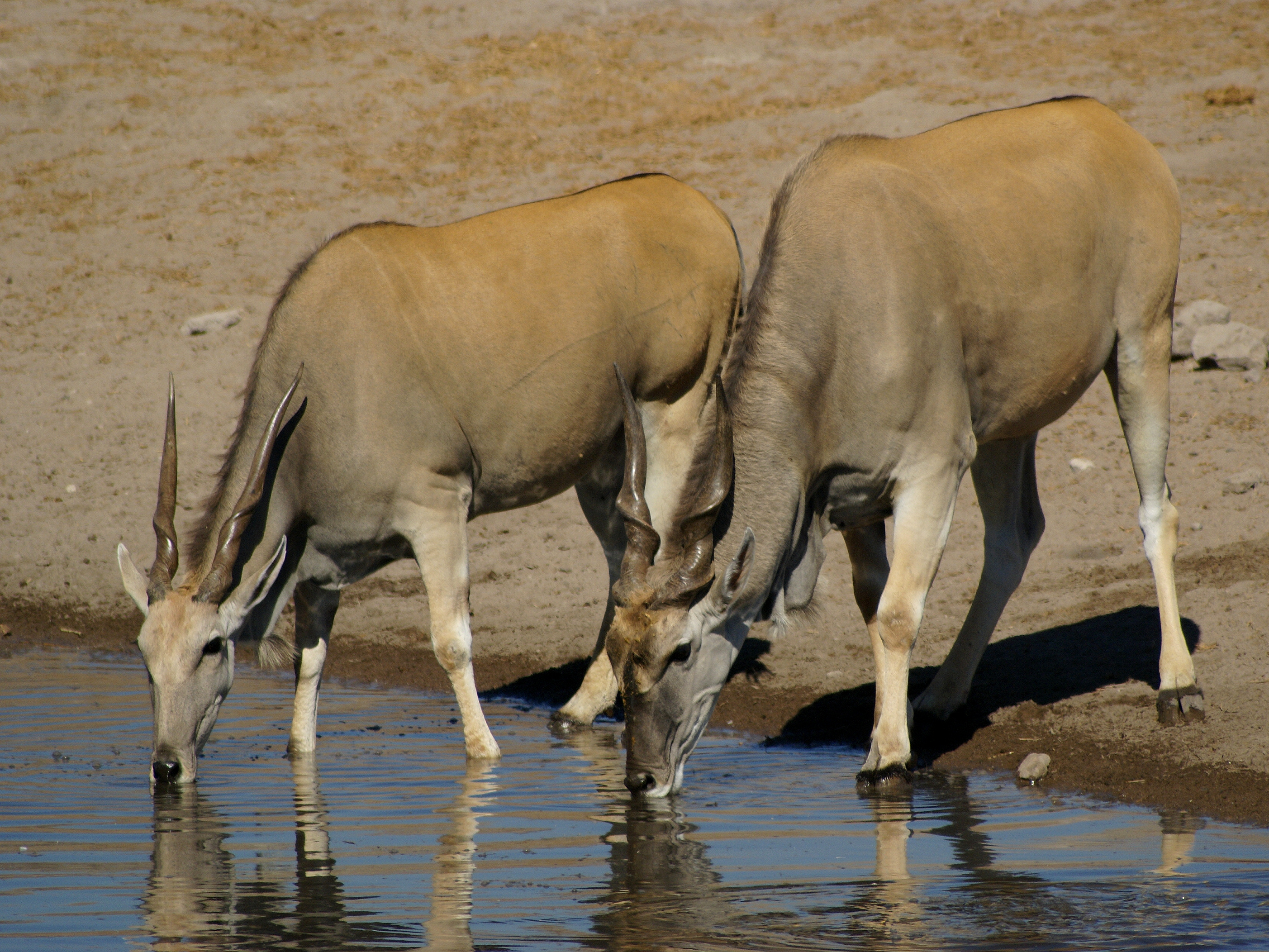Least-concern species on:
[Wikipedia]
[Google]
[Amazon]
 A least-concern species is a
A least-concern species is a
List of Least Concern species
as identified by the
 A least-concern species is a
A least-concern species is a species
A species () is often defined as the largest group of organisms in which any two individuals of the appropriate sexes or mating types can produce fertile offspring, typically by sexual reproduction. It is the basic unit of Taxonomy (biology), ...
that has been evaluated and categorized by the International Union for Conservation of Nature
The International Union for Conservation of Nature (IUCN) is an international organization working in the field of nature conservation and sustainable use of natural resources. Founded in 1948, IUCN has become the global authority on the stat ...
(IUCN) as not being a focus of wildlife conservation because the specific species is still plentiful in the wild. They do not qualify as threatened, near threatened
A near-threatened species is a species which has been Conservation status, categorized as "Near Threatened" (NT) by the International Union for Conservation of Nature (IUCN) as that may be vulnerable to Endangered species, endangerment in the ne ...
, or (before 2001) conservation dependent.
Species cannot be assigned the "Least Concern" category unless they have had their population status evaluated. That is, adequate information is needed to make a direct, or indirect, assessment of its risk of extinction
Extinction is the termination of an organism by the death of its Endling, last member. A taxon may become Functional extinction, functionally extinct before the death of its last member if it loses the capacity to Reproduction, reproduce and ...
based on its distribution or population status.
Evaluation
Since 2001 the category has had the abbreviation "LC", following the IUCN 2001 Categories & Criteria (version 3.1). Before 2001 "least concern" was a subcategory of the " Lower Risk" category and assigned the code "LR/lc" or lc. Around 20% of least concern taxa (3261 of 15,636) in the IUCN database still use the code "LR/lc", which indicates they have not been re-evaluated since 2000.Number of species
While "least concern" is not considered a ''red listed'' category by the IUCN, the 2006IUCN Red List
The International Union for Conservation of Nature (IUCN) Red List of Threatened Species, also known as the IUCN Red List or Red Data Book, founded in 1964, is an inventory of the global conservation status and extinction risk of biological ...
still assigns the category to 15,636 taxa. The number of animal species listed in this category totals 14,033 (which includes several undescribed species such as a frog from the genus '' Philautus''). There are also 101 animal subspecies listed and 1500 plant taxa (1410 species, 55 subspecies, and 35 varieties). No fungi
A fungus (: fungi , , , or ; or funguses) is any member of the group of eukaryotic organisms that includes microorganisms such as yeasts and mold (fungus), molds, as well as the more familiar mushrooms. These organisms are classified as one ...
or protista have the classification, though only four species in those kingdoms have been evaluated by the IUCN. Human
Humans (''Homo sapiens'') or modern humans are the most common and widespread species of primate, and the last surviving species of the genus ''Homo''. They are Hominidae, great apes characterized by their Prehistory of nakedness and clothing ...
s were formally assessed as a species of least concern in 2008.
List of LC species
See also
* Conservation statusReferences
External links
List of Least Concern species
as identified by the
IUCN Red List of Threatened Species
The International Union for Conservation of Nature (IUCN) Red List of Threatened Species, also known as the IUCN Red List or Red Data Book, founded in 1964, is an inventory of the global conservation status and extinction risk of biological spe ...
{{Portal bar, Ecology, Biology
Biota by conservation status
IUCN Red List